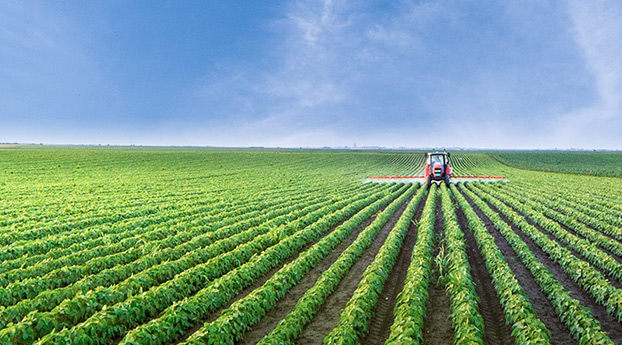Nanjing Water Bureau: Take multiple measures to continue to fight drought and turn over water work
Release time:2019-12-01 Views:283
The latest data show that from September 7 to November 18 this year, the total precipitation of the city is only 12.2 mm (Lishui District) to 18.8 mm (Pukou District), compared with the same period of the year, serious less than 9 percent, for the least value since 1961. In this regard, Nanjing Water Conservancy Bureau took the initiative, insisting on both flood control and drought resistance, strengthening the analysis and judgment of water and rain conditions, scientifically dispatching water works, and actively organizing the work of water storage, water conservation and water diversion to ensure the needs of agricultural production, water environment and transportation and shipping.
"The drought is the command." City water Bureau responsible person said, in order to effectively deal with the drought, they strengthen communication with the meteorological department, grasp the weather trend, the city water storage and water conservation work layout. The municipal Prevention Office issued a Notice on the current work of drought resistance and water conservation, requiring all districts and units to strengthen project scheduling, conscientiously do a good job of water storage and water conservation in inland rivers, reservoirs and small DAMS, and do a good job of preparation for drought resistance.
At the beginning of August this year, the flood season has not yet ended, taking into account the cumulative rainfall of this year's Meiyu period less than the perennial 3-5, the city water Bureau to strengthen the analysis and judgment of water rain, on the basis of ensuring flood safety, scientific scheduling water works, actively do a good job of diversion water work. Sanchawan Gate and Hongshanyao gate in Liuhe District were deployed to divert water from the Yangtze River to Chuhe River. The water volume of Hongshanyao pump station was 90 million cubic meters, and the water level of Liuhe Section in Chuhe River was maintained at about 7.0 meters. Shuibi Bridge Gate and Yangjiawan Gate in Gaochun District divert water from Yangjiang River to Gucheng Lake, with 167 million cubic meters of water diverted. Tiansheng Bridge Gate in Lishui District diverts water from Shiwu Lake to Qinhuai River, with 179 million cubic meters of water diverted. Qinhuai Xinhe Pump Station diverts water from Yangtze River to Qinhuai River, with 141 million cubic meters of water diverted. The water level of Dongshan Station of Qinhuai River stays above 7.0 meters, which mainly guarantees the city's large amount of water demand for agricultural production such as rice heading period in summer.
According to the development of the drought, the Shushan Pumping Station in Gaochun District began operation on September 10 to replenish water to Gucheng Lake, turning over 60 million cubic meters of water. On October 18, the municipal flood control mobile rescue team lifted 40 temporary aircraft into Gucheng Lake at the mouth of Shuibiqiao River. About 20.4 million cubic meters of water had been lifted to support the drought relief and water supply work in Gaochun District. The water level of Gucheng Lake remained above 8.0 meters. On November 9, Lishui District dammed and ditched along the bank of Shiwu Lake to divert water from Shiwu Lake to Xinqiao River. The Qinhuai Xinhe Pump Station pumped more water from the Yangtze River into the Qinhuai River, raising the water level at Dongshan Station from 7.0 meters to 7.3 meters. Tianshengqiao Gate is opened to divert water from Qinhuai River to Shizhu Lake, to solve the problem of drought-resistant water source in Lishui District. Since August, 842 drought-fighting pump stations have been deployed in Jianshan, Huzhuang and Xiaozhuang in Liuhe District, and Chundong and Huangnizha in Gaochun District. When 253,000 units are started, 353 kilometers of ditches have been cleaned, and a total of 684 million cubic meters of water has been turned over.
The water levels of the Yangtze River, Chuhe River, Qinhuai River, Gucheng Lake and other major rivers and lakes in our city are normal compared with the same period of the year, and all of them can meet the drought-resistant water diversion conditions. In the next step, the flood and drought control departments at all levels of the city will pay close attention to the weather changes, strengthen the monitoring of rain, water, drought and moisture, timely analyze the development trend of drought, continue to do a good job in the new River Qinhuai River, Hongshan Kiln, Shushan, Qiushui Lake and other key pump stations turning on the water, take temporary dam machine turning over and other emergency measures, continue to do a good job in drought resistance and water.
Article source: Nanjing Daily

















